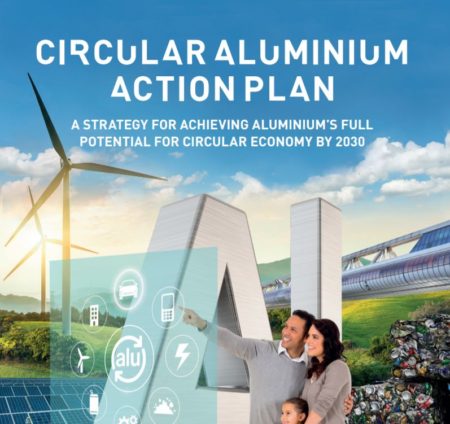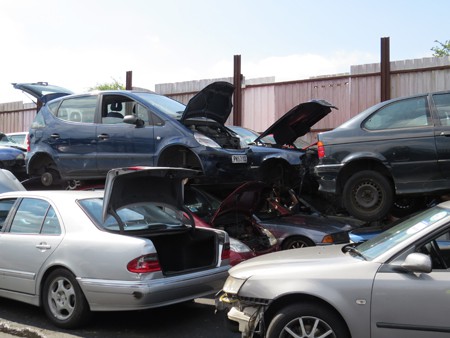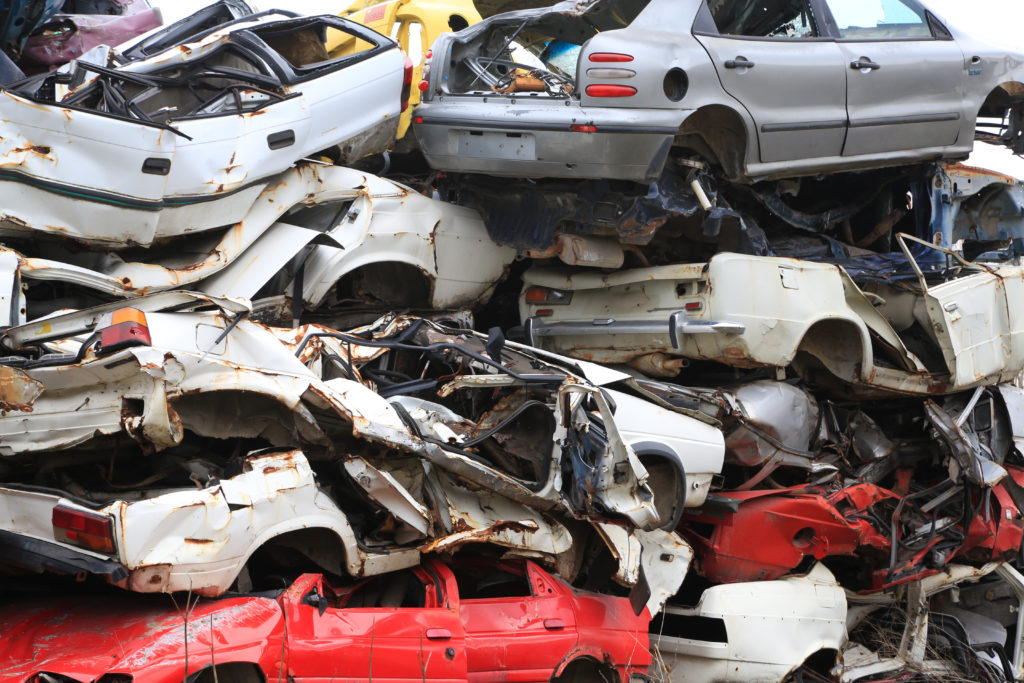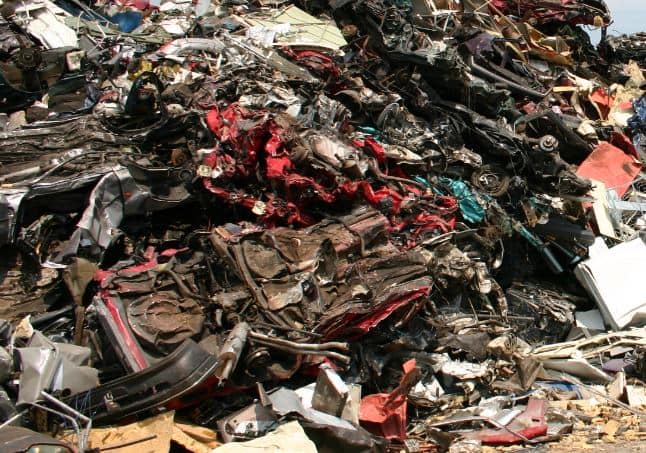
The Action Plan, which is also aimed at the UK, provides a list of policy recommendations for countries in order to increase recycling rates.
It says that currently in Europe, recycling rates in the automotive and building sectors are over 90%, while aluminium beverage cans have a recycling rate of 75%.
Last year, the UK association ALUPRO said the UK’s aluminium can recycling rate at 75%, while the vehicle recycling rate for 2017- the latest figures available- stands at around 94.1%.
However, European Aluminium says greater legislative steps are needed in order to help EU member states to boost this, and help towards an overall 65% recycling rate by 2035.
Packaging
The association says public authorities and waste management companies should invest more in collection systems and modern waste treatment centres, using the latest available sorting technologies.
In the plan, the European Aluminium say: “If not yet in place, local authorities should be encouraged to increase separation of aluminium from kerbside collection waste streams and municipal waste, implement separate collection systems and invest in modern sorting technologies like Eddy Current technology and additional scrap preparation”.
Councils should also “consider the economic value of the aluminium scrap fraction as a key incentive for such investment”, the report adds.
ELVs

Other recommendations include making changes to the recycling process for End of Life Vehicles (ELVs) to promote better material identification.
“Increased dismantling of specific parts before shredding and separate treatment of these dismantled parts should be promoted; for example, big components with a limited number of materials that can then be shredded and recycled separately,” the plan adds.
More generally, increased technical requirements should be introduced into the ELV Directive regarding the treatment operations needed to promote recycling.
Framework
European Aluminium said that by taking these steps, 50 % of Europe’s demand for aluminium could be supplied through post-consumer recycling by mid-century.
As a result, aluminium recycling could reduce CO2 emissions by up to 39 million tonnes per year by 2050 compared to today.
This would be achieved mostly by replacing carbon intensive primary aluminium imports from outside Europe with recycled domestic post-consumer aluminium. By increasing recycling rates, Europe can also reduce its dependency on imports and therefore its exposure to the risk of supply disruptions.
‘Significant’
Per Klevnäs, partner at Material Economics, which compiled the plan, says: “Aluminium recycling is a significant industrial and environmental opportunity for the EU. As more metal becomes available, the EU has a chance to build its economy increasingly on circular resources, capturing large value while reducing CO2 emissions.
As the Circular Aluminium Action Plan shows, building this industry will take decisive policy support, new value chain collaborations, and technical as well as business model innovation.”






Subscribe for free